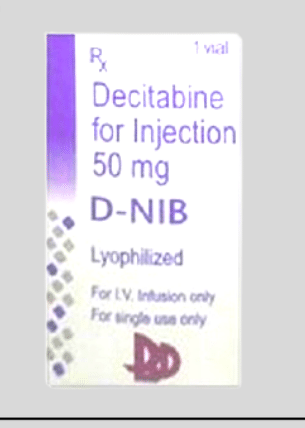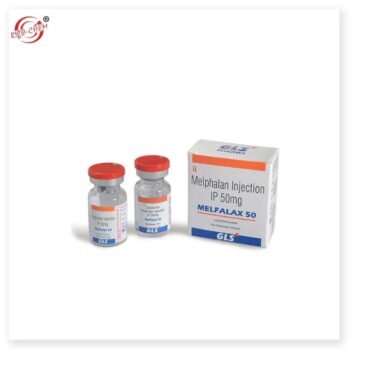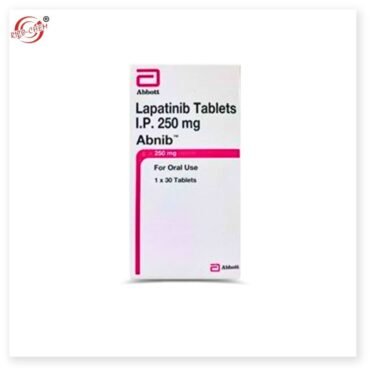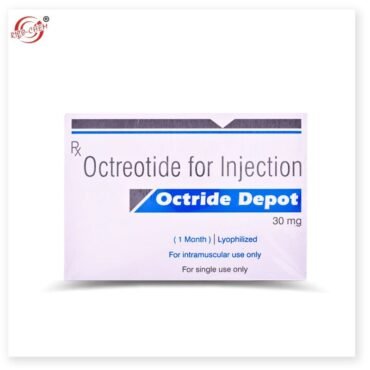Decitabine 50mg Injection D-Nib
Trade Name: D-Nib
Manufacturer: BDR Pharmaceuticals
Presentation: Injection
Strength: 50mg
What is the Decitabine 50 mg Injection purpose?
Myelodysplastic syndrome is treated with Decitabine 50 mg Injection (a group of conditions in which the bone marrow produces blood cells that are misshapen and do not produce enough healthy blood cells). Decitabine belongs to a class of drugs known as hypomethylation agents.
What is the maximum amount of time you can take decitabine?
If someone is very unwell, decitabine may be administered in the hospital. Every 28 days, Decitabine is given again. This is referred to as a “single cycle.” Decitabine treatment is continued until it no longer works or is discontinued due to undesirable adverse effects.
How long does Decitabine 50 mg Injection take to work?
What is the average time it takes for a patient to respond to treatment? The median period for patients to attain any level of remission for either CR or CRH was 2 months in the clinical research (with a range of 0.8 to 4.2 months).
What are the Decitabine 50 mg Injection adverse effects?
- Dacogen’s most common adverse effects include headaches,
- dizziness
- tiredness
- lethargy
- fever
- nausea
- vomiting
- and stomach discomfort. For more details Click Here.
What is the efficacy of Decitabine 50 mg Injection?
Decitabine was found to be effective and generally safe in the treatment of MDS and AML in our study. Patients with agranulocytosis and severe anemia had a poor prognosis, which should be closely monitored in clinical practice.
What is the metabolization of Decitabine 50 mg Injection?
Decitabine is also effective against chronic myeloid leukemia. It is rapidly degraded by cytidine deaminase in the liver, which accounts for its short half-life of 8–30 minutes.
What is the mechanism of Decitabine sickle cell disease treatment?
Non-cytotoxic DNMT1 depletion with a metronomic (frequent but intermittent) regimen of the nucleoside analog decitabine directly antagonizes a mechanism of gamma-globin repression in SCD patients at risk of early mortality, resulting in sustained, clinically significant HbF increases.
What causes sickle cell anemia in the first place?
Scientists revealed that the polymerization of hemoglobin, the protein in red blood cells that carries oxygen to cells and organs, is the fundamental cause of SCD. This biochemical mechanism leads red blood cells to distort and take on the disease’s characteristic sickle shape.
If you are looking for another product or brand click here.







